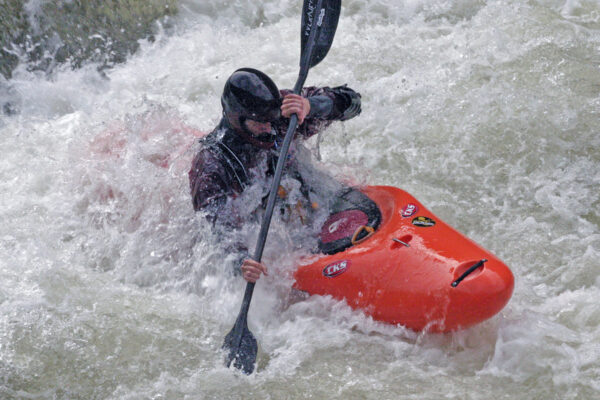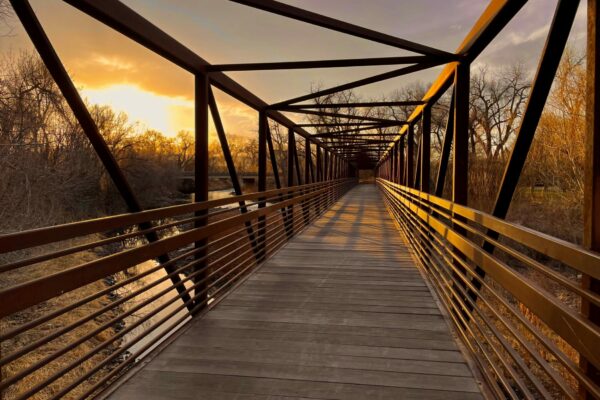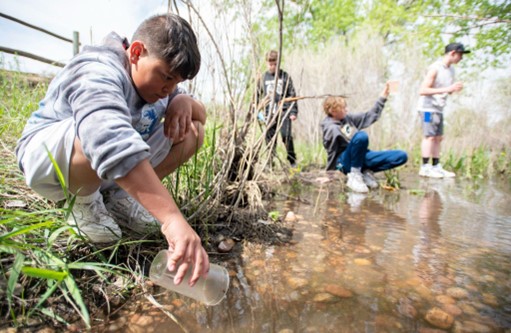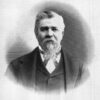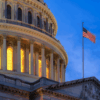Written by Sabrina Stoker, Executive Director. Contributors: Rylyn Todd, Communications Coordinator.
Over the past forty years, the U.S. Congress has established 62 National Heritage Areas in 35 states and one territory. These public-private partnerships celebrate the American story and stimulate significant local economic development. National Heritage Areas have been the keepers of America’s stories. From the Motor Cities to the Mississippi Delta, the Cascades to the Catskills, America’s 62 National Heritage Areas offer something for nearly every American in nearly every corner of the country.
Northern Colorado is home to the Cache la Poudre River National Heritage Area (Cache NHA). Since 2009, the national heritage area has promoted and preserved the natural beauty, history, and culture associated with the Cache la Poudre River floodplain, from the Roosevelt National Forest to its confluence of the South Platte River. The Cache NHA celebrates the American story of water development and the establishment of water law within Colorado’s Cache la Poudre River basin and its influence on how the arid West manages, distributes, and conserves one of its most precious resources.
A significant portion of annual funding for national heritage areas comes from Congress. Federal funding is not guaranteed so each year heritage areas advocate for inclusion in congressional budget priorities. During a year of increased federal spending cuts and reductions in force, we find ourselves asking if being the keepers of America’s stories transcends the political aisle.
Here are 4 examples of bi-partisan efforts to support national heritage areas, parks, and public lands:
(1) On August 24, 1984, President Ronald Reagan (R) signed the first National Heritage Area, the Illinois and Michigan Canal National Heritage Area into law.
(2) On March 30, 2009, President Barak Obama (D) signed into law H.R. 146, the Omnibus Public Land Management Act of 2009 (H.R. 146), which designated Cache la Poudre River National Heritage Area.
(3) On August 15, 2020, President Donald J. Trump (R) signed the Great American Outdoors Act (H.R. 1957) into law to address historically underfunded deferred maintenance at national parks and public lands.
(4) On January 5, 2023, President Joseph Biden (D) signed the National Heritage Area Act (S. 1942) which provided reauthorization for National Heritage Areas for an additional 15 years.
Since 1984, National Heritage Areas have benefited from strong bipartisan support. In one of the final acts taken by the U.S. Congress in 2022, the National Heritage Area Act received overwhelming bipartisan support with 77.4% support in the U.S. House of Representatives and 100% support from the U.S. Senate. That was 426 votes across both chambers of Congress!
One thing both sides agree on is the need for a strong economy. NHAs are catalysts for economic development in the communities in which they are located. This economic impact is primarily generated by tourism. One study found that NHA’s overall economic impact in the U.S. is $12.9 billion, which significantly exceeds the amount of federal funding provided to NHAs by as much as 5:1. Few programs funded by the federal government get this type of impact or return on investment.
In the past decade Cache NHA has invested over a million dollars in community grants and passthrough funding and leveraged nearly $15 million dollars of public-private funding. An economic impact study completed by Tripp Umbach found the Cache la Poudre River National Heritage Area generates an annual economic impact of $81.6 million, while supporting over 1,000 jobs and generating $6.9 million in tax revenue.
Without federal funding, many of the Cache NHA’s programs and projects may cease to continue.
Stand with us and help us remind our Colorado legislators that National Heritage Areas transcend political divides and generate invaluable resources, amenities, and economic impact for Northern Colorado taxpayers.
Additional Reading
What are the benefits of NHA designation?
NHAs can lead to increased profile and reputation, attract heritage and recreational travelers, create and expand regional recreational trail systems, improve interpretive venues, and promote historic preservation and economic development.
Why was the first heritage area signed into existence?
On August 24, 1984, President Ronald Reagan signed the first NHA into law, the Illinois and Michigan Canal National Heritage Corridor. The I&M Canal National Heritage Area encompasses 862 square miles and includes 5 counties and 60 communities. In his dedication speech, Reagan referred to National Heritage Areas as “a new kind of national park” that married heritage conservation, recreation, and economic development.
What is an example of “Keeping America’s Stories” in the Cache NHA?
On July 15, 1874, the conflict over water availability in the Cache la Poudre River Valley erupted. After a particularly dry season, the canal upstream at Agricultural Colony (now Fort Collins) drained what little water came from the Poudre. And downstream, Union Colony (now Greeley) was left without water as their crops withered. To avoid an all-out war, some forty irrigators met at the Eaton schoolhouse to find a solution; thus, the notion of “First in Time, First in Right” that’s still used across Colorado today was created. The disagreement between the Union Colony and Agricultural Colony shaped water use across many western states. Read more about the conflict.
What is the difference between a National Heritage Area and a National Park?
NHAs are not National Parks. Rather, NHAs are affiliated sites and partners of the U.S. National Park Service. NPS provides technical assistance and distributes matching federal funds from Congress to NHA entities. Unlike its close neighbor, Rocky Mountain National Park, NPS does not own or manage land within the heritage area, neither does the NHA. National Heritage Areas do not “abridge the rights of any property owner, whether public or private.”
Fun Fact: As a partner of NPS, the Cache NHA participates in the Passport to Your National Parks program, a fun way to remember your visits to America’s National parks, Monuments, Heritage Areas, and other sites of the NPS system.
Have more questions? Click here to read frequently asked questions and answers.
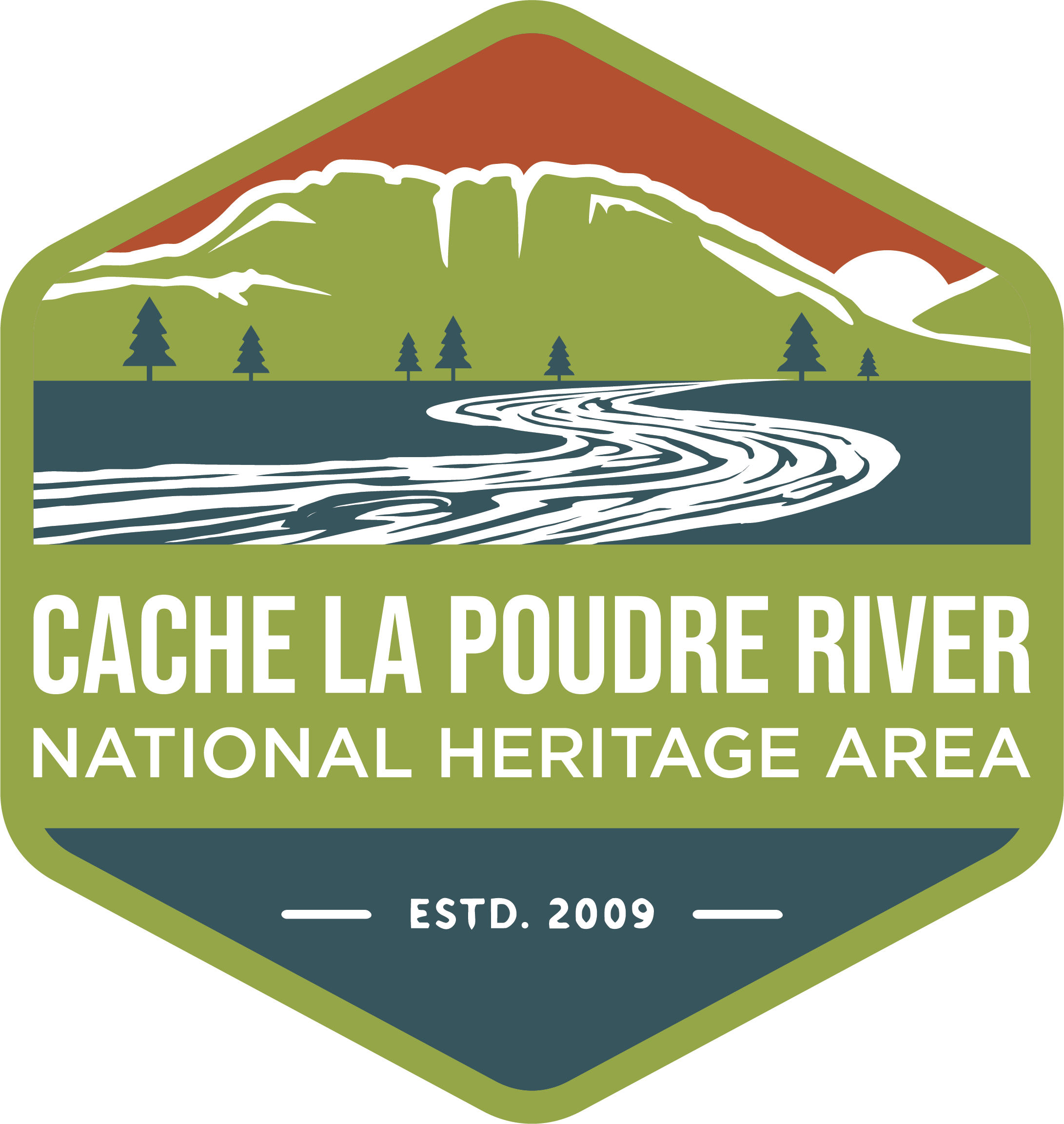


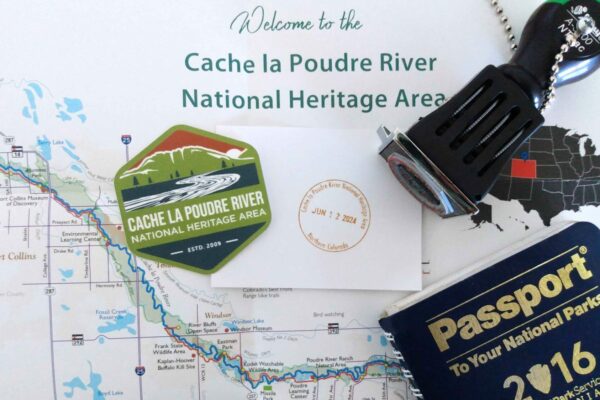
![ph_49189_large The inside of a sugar beet at Kechter Farms in southeast Fort Collins.
Credit: Fort Collins Museum of Discovery. [H26689]](https://poudreheritage.org/wp-content/uploads/ph_49189_large-600x400.jpg)

